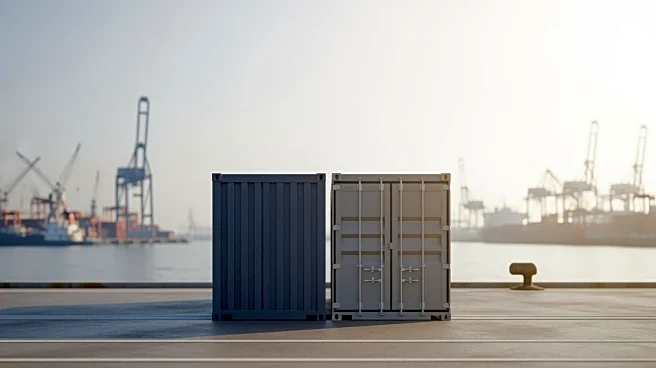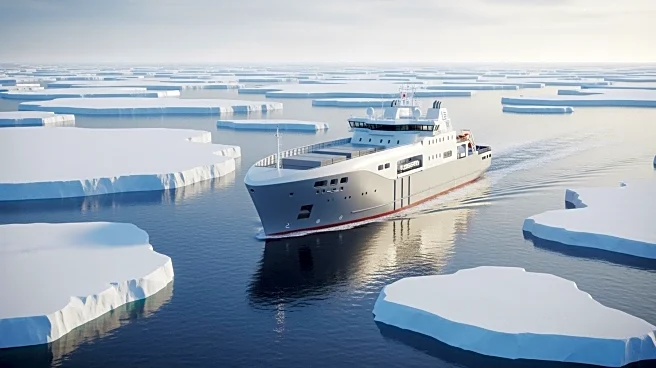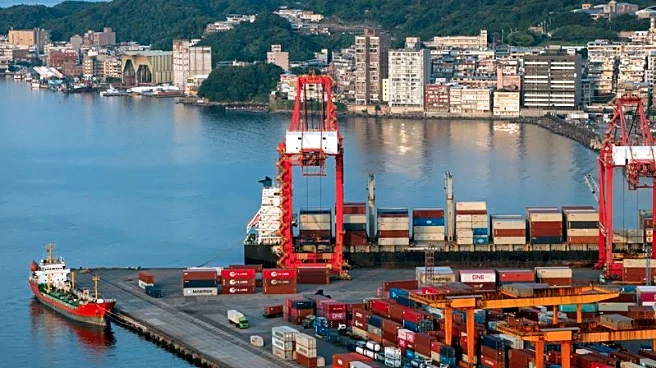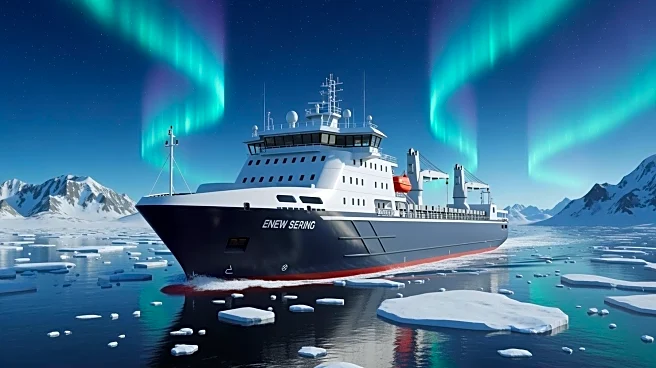What's Happening?
Antwerp-Bruges, Europe's second-busiest port, is experiencing significant challenges due to global uncertainties, including U.S. tariffs, congestion, and industrial actions. The port reported a 3.8% decline
in cargo throughput for the first nine months of the year, with dry and liquid bulk segments seeing the largest drops. Container throughput showed modest growth, but overall performance was strained by the volatile trade environment and reshuffling of shipping alliances. The port's RoRo segment saw a slight increase, while the cruise segment experienced a decline in passenger numbers.
Why It's Important?
The challenges faced by Antwerp-Bruges highlight the impact of global trade tensions and regulatory changes on major ports. The decline in cargo throughput affects the port's economic performance and its role in international trade. U.S. tariffs and European regulations are influencing trade patterns, potentially leading to shifts in supply chains and logistics strategies. The port's ability to adapt to these changes is crucial for maintaining its competitiveness and supporting the regional economy.
What's Next?
Antwerp-Bruges is likely to continue facing pressure from global trade dynamics, with potential adjustments in shipping alliances and regulatory environments. The port may need to explore strategies to mitigate congestion and improve efficiency. Stakeholders, including shipping companies and government agencies, will be closely monitoring these developments to assess their impact on trade flows and economic stability.
Beyond the Headlines
The situation at Antwerp-Bruges underscores the interconnectedness of global trade and the ripple effects of policy changes across regions. The port's experience may serve as a case study for other ports facing similar challenges, prompting discussions on resilience and adaptability in the maritime industry.












